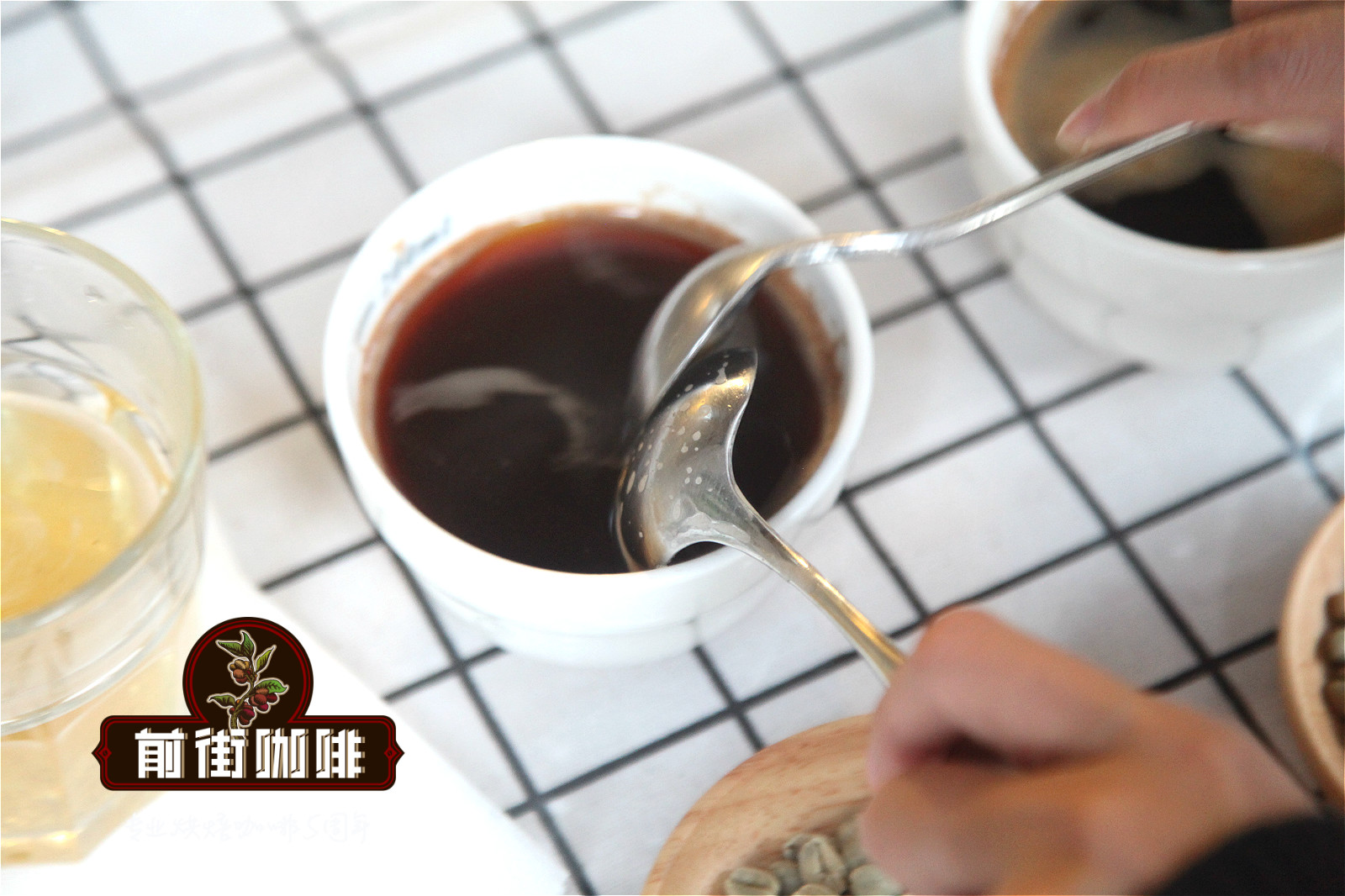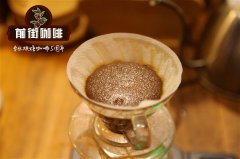Parainema, a small farmer in Benigno Mejia, Honduras, has been growing coffee for more than 200 years.

Professional coffee knowledge exchange more coffee bean information please follow the coffee workshop (Wechat official account cafe_style)
Parainema species of Benigno Mejia smallholder in Honduras
Coffee has been grown in Honduras for more than 200 years (it began in 1804)
According to statistics, the current planting area has reached 280000 hectares, all of which are mainly small coffee farmers. 92% of coffee farmers in Honduras are small individuals, and most of their coffee plantations cover less than 3.5 hectares. These small coffee farmers account for 60% of coffee production! Coffee is a very important crop in Honduras.
In the coffee garden, coffee farmers harvest red fruits, wash and ferment them and grade them according to the needs of the market to meet the different tastes of consumers. Honduras collects 3 million bags of coffee every year, supplying good quality coffee and unique coffee flavor, large quantity and high quality! Now it has become the largest producer in Central America and the top ten coffee exporters in the world.
Parainema
This batch of coffee beans is named "Parainema". Parainema coffee is a new variety developed through mating, which can prevent coffee leaf rust and nematode erosion. The improvement of coffee began in 1981 in a series of "producers' demands for disease and pets"
(known as Sarchimor Tmur5296) under the experiment. The improved coffee was first grown in Costa Rica between 2006 and 2008, and was subsequently introduced to Honduras in 2010 and named Parainema.
The display of this quality is due to the fact that the granules of Honduran coffee beans are large in shape, uniform in size and uniform in color. In order to facilitate harvesting, farmers will prune the coffee trees to no more than 150 centimeters, because if they grow too high, they have to set up ladders to pick, which is not only time-consuming, but also may damage the trees by bending branches. As the ripening period of each fruit of coffee beans is different, in order to maintain the good quality of coffee beans, it is necessary to pick them manually, and then select the ripe red fruits. For coffee fruits of the same branch, it often takes several weeks to pick them all.
And high-quality coffee in Honduras uses water washing to deal with coffee beans, usually after soaking, when soaking, the defective fruit will surface and can be discarded first. Then put the good fruit into the fruit peeling machine and peel off the peel with the rotating force of the machine. Peeled fruits are screened by machines to select fruits of high quality. Usually the bigger the fruit, the better the maturity. Coffee in Honduras is dried in the sun, so there is always a hint of fruit in the taste.
Important Notice :
前街咖啡 FrontStreet Coffee has moved to new addredd:
FrontStreet Coffee Address: 315,Donghua East Road,GuangZhou
Tel:020 38364473
- Prev

The quality of coffee in Honduras crosses a huge range. The sweetness of acid-scented sucrose.
For more information on coffee beans, please follow the coffee workshop (official Wechat account cafe_style) in Honduras, coffee-producing areas are divided into six major producing areas, spread to the west and south, namely, Santa Barbara (Santa Barbara), El Paraiso, Copan, La Paz and Comayagua.
- Next

Santa Ana Paradise Manor El Salvador Coffee Fine Coffee
Professional coffee knowledge exchange more coffee bean information please follow the coffee workshop (Wechat official account cafe_style) Salvadoran coffee has six major producing areas, generally distributed on the volcanic ash-covered mountain slopes or plateau areas at an altitude of 1200 meters above sea level. The harvest and harvest season is from November to April of the following year. Because coffee prefers a mild climate, most coffee trees in the country are planted in
Related
- Does Rose Summer choose Blue, Green or Red? Detailed explanation of Rose Summer Coffee plots and Classification in Panamanian Jade Manor
- What is the difference between the origin, producing area, processing plant, cooperative and manor of coffee beans?
- How fine does the espresso powder fit? how to grind the espresso?
- Sca coffee roasting degree color card coffee roasting degree 8 roasting color values what do you mean?
- The practice of lattes: how to make lattes at home
- Introduction to Indonesian Fine Coffee beans-- Java Coffee producing area of Indonesian Arabica Coffee
- How much will the flavor of light and medium roasted rose summer be expressed? What baking level is rose summer suitable for?
- Introduction to the characteristics of washing, sun-drying or wet-planing coffee commonly used in Mantenin, Indonesia
- Price characteristics of Arabica Coffee Bean Starbucks introduction to Manning Coffee Bean Taste producing area Variety Manor
- What is the authentic Yega flavor? What are the flavor characteristics of the really excellent Yejasuffi coffee beans?

